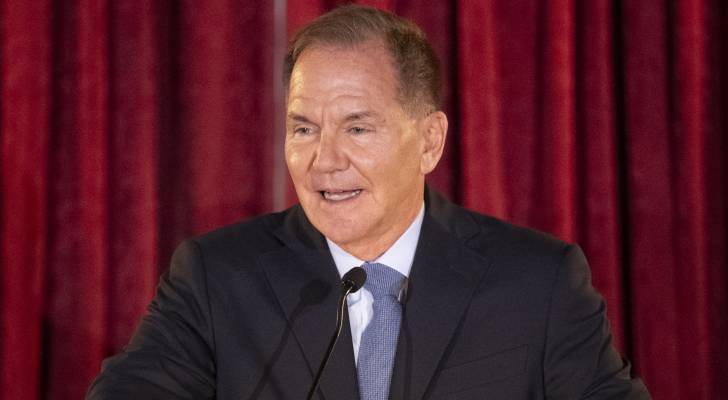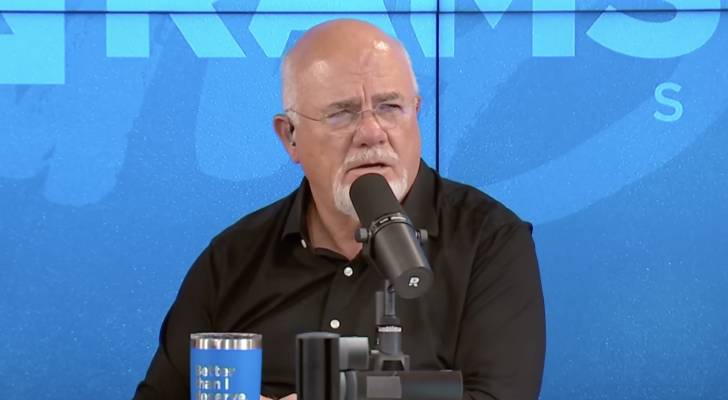Louisiana woman’s pothole ‘catastrophe’ goes viral — video shows cars loudly damaging, crashing parts. But will the city’s patch-up job hold?

In most cities, potholes are a mild inconvenience — an annoying bump in the road. But for one New Orleans resident, it’s become a full-blown neighborhood spectacle. A viral video shared by Jasmine Saul shows the “catastrophe of a street” she lives. Shared through social media, the Ring camera clips show cars slamming into a […]
Only 21% of Americans know their ‘full retirement benefits’ age — but a new bill in Congress could finally clear up the confusion. Do you know yours?
Almost 58 million Americans age 65 and older receive benefits from Social Security. (1) And with data from Vanguard putting the median 401(k) balance hovering around $95,000, Social Security is the main source of income for millions of older Americans. (2) That’s why understanding exactly when you qualify for your full benefit is crucial. Yet, […]
Insurance costs are rising faster than inflation, leaving families stretched thin — here’s what’s driving the surge and how states plan to respond

Across the United States, the cost of insuring a home or car has surged well beyond the pace of inflation — and for many households, the numbers are becoming impossible to ignore. Over the past six years, homeowners’ insurance premiums have climbed more than 40% nationwide, according to industry data. In 2024 alone, average rates […]
Saying ‘yes’ to being a wedding guest now costs as much as a month’s rent — how to say ‘I don’t’ to going into debt for someone else’s big day

As of October, the average rent in the U.S. was about $2,000, according to Zillow. (1) And if you thought being a guest at a wedding couldn’t cost nearly as much as putting a roof over your head each month, you’d be wrong. In August, an analysis by Zillow showed that attending a wedding, plus […]
Jamie Dimon says this 1 red-hot asset could ‘easily’ go up another 135% — claims now is one of the ‘few times’ it makes sense to own some. Do you?
This article adheres to strict editorial standards. Some or all links may be monetized. JPMorgan CEO Jamie Dimon isn’t known for making bold price calls. In fact, the banking titan has recently struck a cautious tone, warning that the U.S. economy is “weakening.” Yet despite those concerns, he sees big upside in one asset. Must […]
Home inventory in Florida is declining after 2 years of growth — as demand across the US also slows down. How this could affect buyers and sellers

Real estate inventory in Florida is falling for the first time in two years, according to real estate analysts. As Newsweek reports, new listings in the state have declined year-over-year in every month since May, with decreases of -2% in May and June, -4.8% in July, -6.5% in August and -7.2% in September, according to […]
$30K to name your baby, $200/hour for a ‘pet nutritionist’ — niche consultants are making bank off the wealthy. Silly spending, or real investment?
Inside the world of ultra-specific consultants What some consider frivolous spending, others might see as an investment that will boost their chances of perpetuating wealth. But are baby-naming services, sorority rush consultants and pet nutritionists really smart ways to spend money to maintain social status, or are these spending habits driving people into debt? Must […]
‘Triumph of the optimist’: The more optimistic you are, the better your savings are likely to be — why positivity is tied to greater savings long-term
“Don’t Worry, Be Happy” — it’s both an earworm and, as it turns out, sound financial advice. That’s because data shows that people who are optimistic save more money for the future than those who aren’t — especially when it comes to low-income earners. Must Read Thanks to Jeff Bezos, you can now become a […]
Billionaire investor says US markets feel ‘exactly like 1999’ — claims assets are poised for ‘massive’ rise before potential crash. How to capitalize

This article adheres to strict editorial standards. Some or all links may be monetized. With U.S. stocks powering higher, enthusiasm is running hot. But billionaire hedge fund manager Paul Tudor Jones says today’s environment is giving him flashbacks to the dot-com boom — and not in a warm, fuzzy and nostalgic way. Must Read Thanks […]
Ohio nurse was already worried about her husband’s $72K debt — now he has a Tesla in the driveway. Why Dave Ramsey says he ‘needs to be smacked’

When Casey called into The Ramsey Show about her husband’s debt, she was barely holding back tears. “I’m just so overwhelmed.” the Ohio nurse, 33, told Dave Ramsey and co-host George Kamel, her voice breaking. “I’ve never been in this much debt before.” (1) Must Read Thanks to Jeff Bezos, you can now become a […]